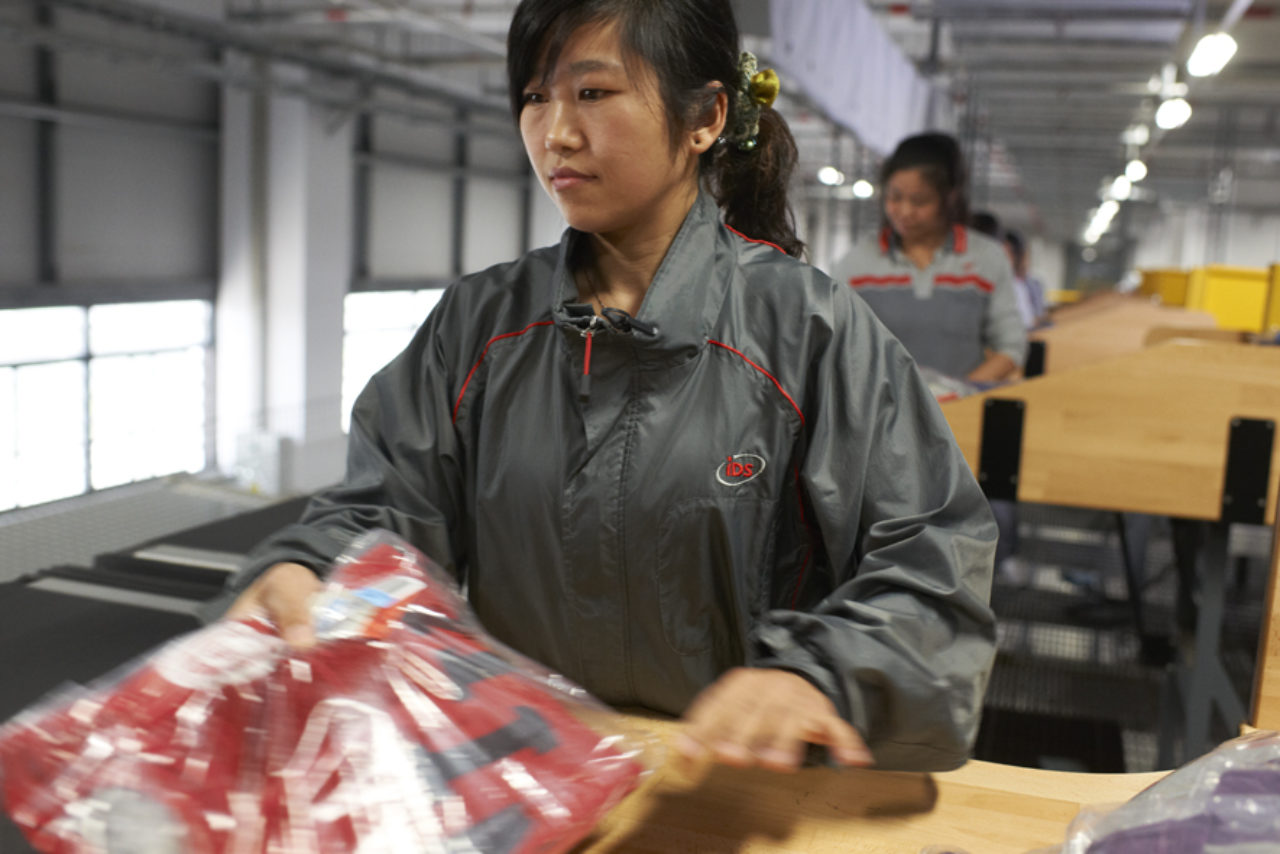How to select the right solutions for your fashion fulfilment centre
So, how does a fashion fulfilment centre go about determining the right solutions to invest in?
Nielsen believes the answer lies in working open-mindedly with alternative concepts and comparing them, like for like. This means taking a range of potential future operational scenarios and evaluating each concept using sensitivity analyses and simulation tools to identify opportunities and limitations.
For example, a fashion fulfilment house could be asking itself what would happen if its e-commerce assortment grows by 15 percent annually while stock turns reduce. How would its current system cope and what adjustments does it need to make to meet that growth? How robust are the different future concepts to such change?
Nielsen suggests that the solutions that normally prevail are the ones that have the highest level of operational flexibility. He says:
“Even though these solutions might not present the absolute lowest OPEX level the fulfilment operator wants, they stay relevant over time. They will often not be bespoke solutions, completely tailored to the fulfilment centre’s operations. So, they will require operators who are used to working with specific design criteria to accept the highly dynamic environments they are now operating in.”
Beware the hidden costs
Which takes us to hidden costs. One aspect that fulfilment centre operators often overlook in their business cases is a budget for change.
As Nielsen explains, a fashion distribution centre investing in automation has to understand that change is constant and therefore a budget must be set aside for future change orders, system changes and modifications for even the best designed system.
Furthermore, when a fashion fulfilment operator is comparing different concepts, he or she also needs to be realistic about the costs involved to keep it running.
For example, says Nielsen, while in-house technicians may be capable of dealing with automated sorter errors, the addition of more technology, e.g. in the form of a large shuttle system with a related conveyor network, may require residential maintenance support from the supplier. This is a common situation – it just needs to be incorporated into a centre’s business case with realistic cost levels.
The risk of wasting investments and how to prevent it
There is always a risk for a fashion fulfilment centre to delay the benefits of its investments through poor implementation.
According to Nielsen, however, more ordinarily, investments prove to be wasteful through poor system design. Projects run into trouble due to unclear specifications, the wrong competencies and not being serious enough about testing. Or, he says, because they have been designed according to a very specific set of preconditions by a team that did not fully understand the sensitivity of that specific automated system.
Fortunately, a fashion fulfilment centre is able to take measures to prevent wasting its investments. It can, Nielsen suggests, embrace the fact that it doesn’t know everything the future will bring and expose its concepts to a variety of scenarios, as mentioned above.
Working with different scenarios with various consequences will help a fashion fulfilment centre better understand what happens when conditions change and avoid wasting investments in equipment.






